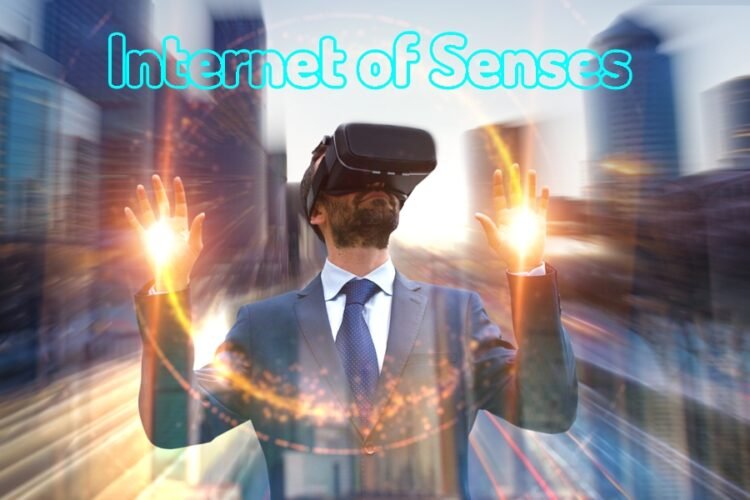
The Internet of Senses (IoS) refers to a future internet experience where interconnected devices and technologies stimulate all five senses (sight, hearing, touch, taste, and smell) to create a hyper-realistic digital world.
The Internet of Senses is a visionary extension of the IoT paradigm, aiming to augment our sensory perception and immerse us in a multisensory digital environment. Unlike traditional IoT devices, which primarily rely on visual and auditory interfaces, the IoS seeks to engage all five human senses to create a rich and immersive user experience.
Key Components and Technologies
At the heart of the Internet of Senses lie a myriad of cutting-edge technologies and innovations:
- Advanced Sensors and Actuators: High-fidelity sensors and actuators capture and replicate sensory stimuli, enabling the transmission of tactile feedback, olfactory cues, and gustatory sensations in real-time.
- Haptic Feedback Systems: Haptic feedback systems simulate the sense of touch by applying forces, vibrations, and motions to users’ hands and fingertips. These systems enhance immersion and realism in virtual and augmented reality environments.
- Olfactory Interfaces: Olfactory interfaces emit and disperse scents and aromas to evoke specific emotions, memories, and experiences. From simulating natural environments to enhancing storytelling and gaming experiences, olfactory interfaces add a new dimension to digital content.
- Gustatory Simulation: Gustatory simulation technologies reproduce taste sensations by stimulating the taste buds and sensory receptors on the tongue and palate. These technologies have applications in culinary experiences, healthcare, and virtual dining.
- Neural Interfaces: Neural interfaces establish direct communication pathways between the brain and external devices, allowing users to perceive and interact with digital content through neural signals. Brain-computer interfaces (BCIs) enable mind-controlled applications and immersive virtual experiences.
Applications and Use Cases
The Internet of Senses holds immense potential across diverse domains and industries:
- Entertainment and Gaming: Immersive gaming experiences that engage all five senses, from lifelike graphics and spatial audio to tactile feedback and sensory storytelling.
- Healthcare and Rehabilitation: Sensory-enabled medical devices and rehabilitation tools that leverage haptic feedback, olfactory cues, and gustatory simulation to enhance patient care and therapy outcomes.
- Education and Training: Interactive learning environments that stimulate multiple senses, facilitating experiential learning and knowledge retention in fields such as science, history, and cultural studies.
- Retail and Marketing: Multisensory retail experiences that engage customers through sight, sound, touch, taste, and smell, creating memorable brand interactions and driving purchasing decisions.
- Smart Cities and Urban Planning: Sensor-equipped urban environments that monitor air quality, temperature, humidity, and other environmental factors, enhancing public safety, sustainability, and quality of life.
Challenges and Considerations
While the Internet of Senses holds immense promise, several challenges and considerations must be addressed:
- Privacy and Ethical Concerns: Collecting and processing sensory data raise significant privacy and ethical concerns regarding consent, data ownership, and user autonomy.
- Technical Complexity: Developing robust sensory interfaces and integrating multisensory feedback systems require advanced engineering expertise and computational resources.
- Standardization and Interoperability: Establishing common standards and protocols for sensory interfaces and devices is essential to ensure compatibility and interoperability across platforms and ecosystems.
- Security and Reliability: Safeguarding sensory data from unauthorized access, manipulation, and cyber-attacks is critical to maintaining trust and integrity in IoS applications and services.
The Future of Human-Computer Interaction
As we embark on this journey into the realm of sensory computing, the Internet of Senses promises to redefine the way we perceive, interact with, and experience the digital world. By bridging the gap between the physical and virtual domains, IoS has the potential to unlock new realms of creativity, expression, and exploration.
As technology continues to evolve and human ingenuity knows no bounds, the Internet of Senses invites us to imagine a future where our senses serve as portals to infinite possibilities.
